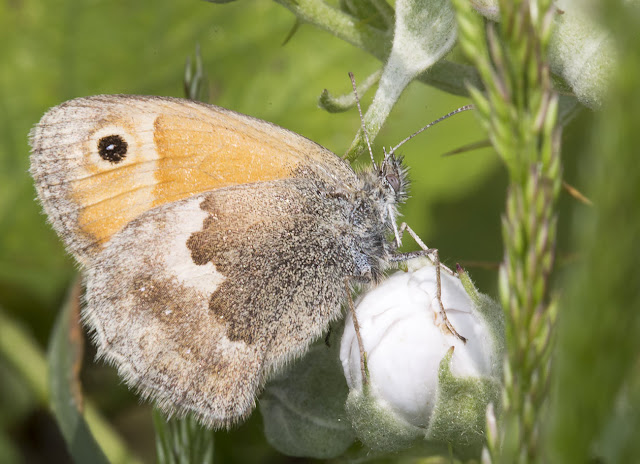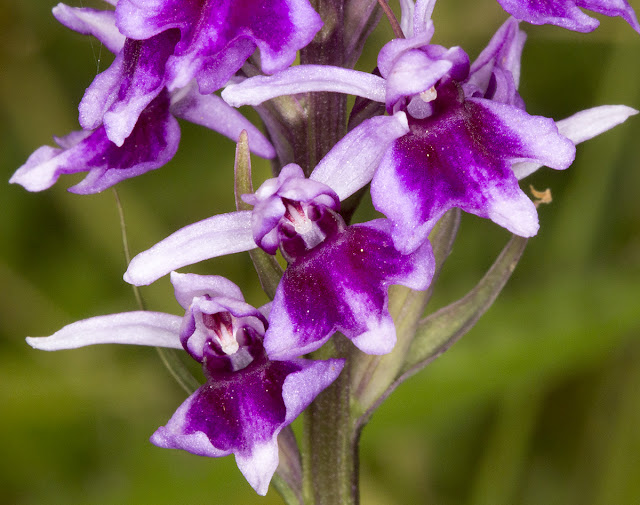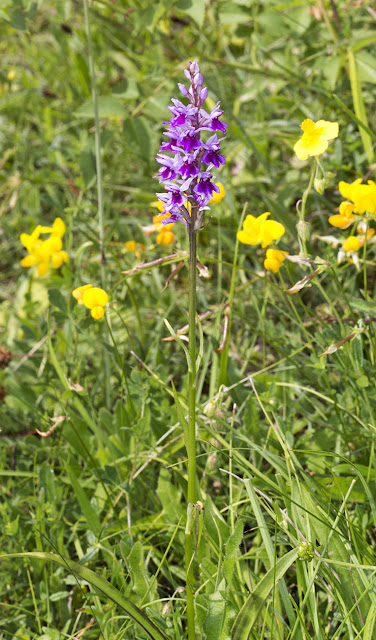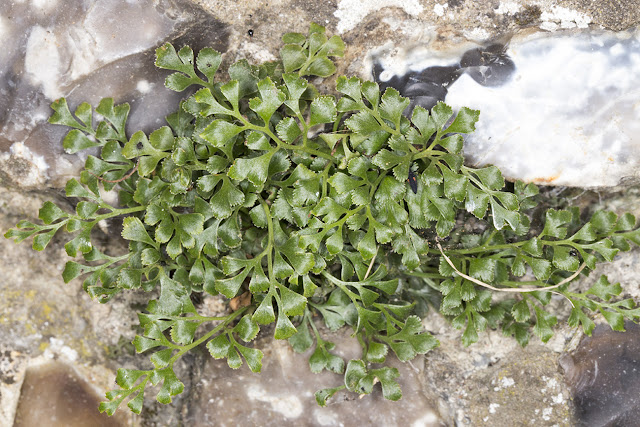 |
| Himalayan Balsam, Impatiens glandulifera. Leybourne Lakes, 12 July 2015 |
I led a walk at Leybourne Lakes in mid-July, and went for a look around a week before to be prepared for whatever might be there. These photos are from that recce.
Leybourne Lakes has been a country park since 2004. It began as gravel diggings and has been converted to a wildlife and recreational centre. There is also a good range of water-loving plant life to be found and I took photos of some, but not all, of it.
This first shot is an invasive species, Himalayan or Indian Balsam. It has colonised just one side of this small stream. It is sometimes called Touch-me-not, because when its seed pods are ripe they will explode when touched and throw the seeds a good distance.
 |
| Yellow Loosestrife, Lysimachia vulgaris. Leybourne Lakes, 12 July 2015 |
 |
| Yellow Loosestrife, Lysimachia vulgaris. Leybourne Lakes, 12 July 2015 |
Yellow Loosestrife is a good waterside species to find. There is a similar garden species, Spotted Loosestrife. As you can see, it grows quite tall and bushy, very unlike its two close relations Yellow Pimpernel and Creeping Jenny, both of which never leave ground level. The Yellow Pimpernel is a woodland plant, but Creeping Jenny likes it damp, and we found a patch actually growing under some Yellow Loosestrife. (No photos, sadly. We found that on the walk, and I don't take my camera when I am leading a walk.)
Totally unrelated to the Yellow Loosestrife is Purple Loosestrife, which grows freely in wet environments in this area. There are great stands of it at Sevenoaks Wildlife Reserve.
 |
| Purple Loosestrife, Lythrum salicaria. Leybourne Lakes, 12 July 2015 |
It's from a different family. These are not as big and lush as some I have seen, but they are well established. Here are some closeups of Purple Loosestrife flowers, showing their odd pollination arrangements:
Heterostyly.
 |
| Marsh Woundwort, Stachys palustris. Leybourne Lakes, 12 July 2015 |
This rather weedy specimen is Marsh Woundwort, a close relation of the common Hedge Woundwort. Hedge Woundwort is said to have an unpleasant smell when their leaves are crushed, but that is very variable, and actually I rather like the smell which at its best is strong, aromatic and rather medicinal in quality. This marsh species does not have the same smell.
Other water-lovers seen, but not photographed, included Clustered Dock and Water Figwort.
Next time, some plants from Leybourne Lakes which are not particularly water-loving.



























